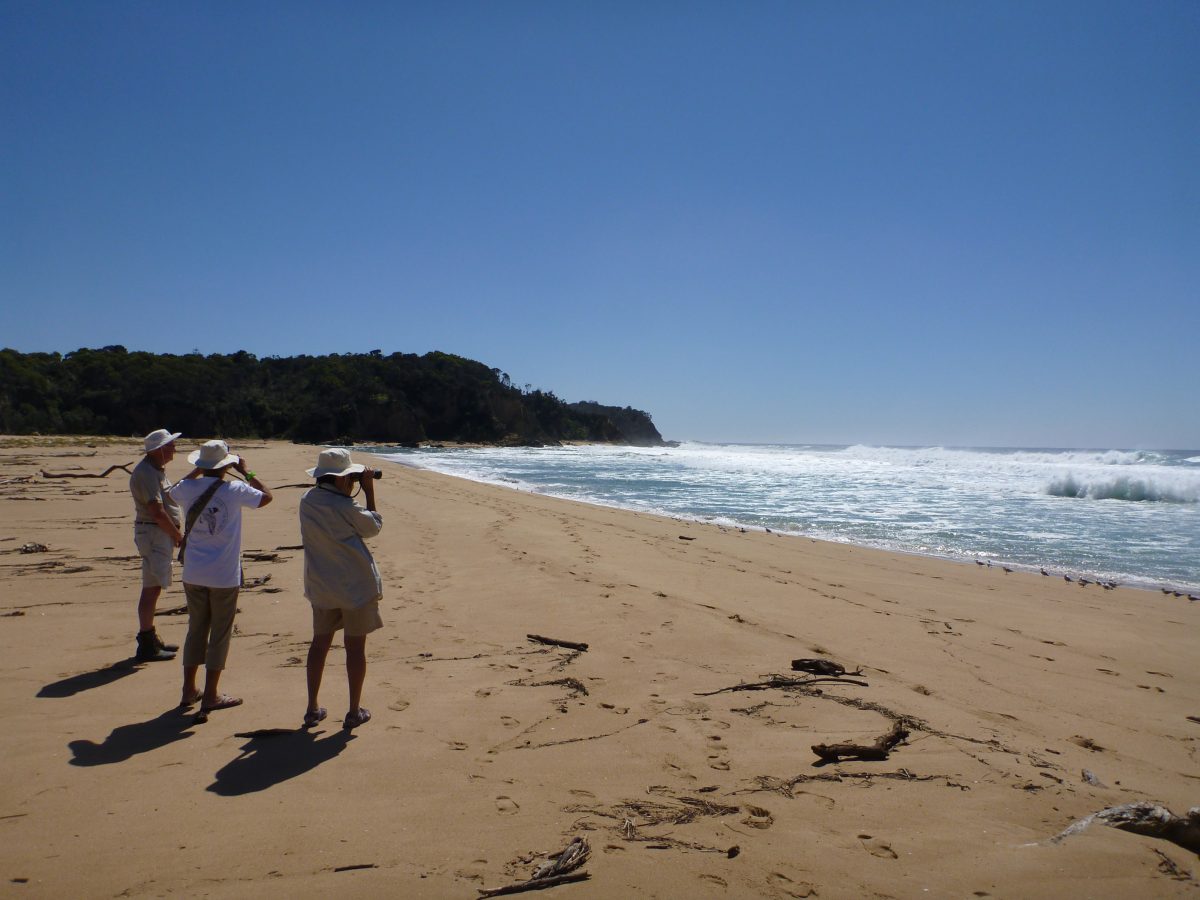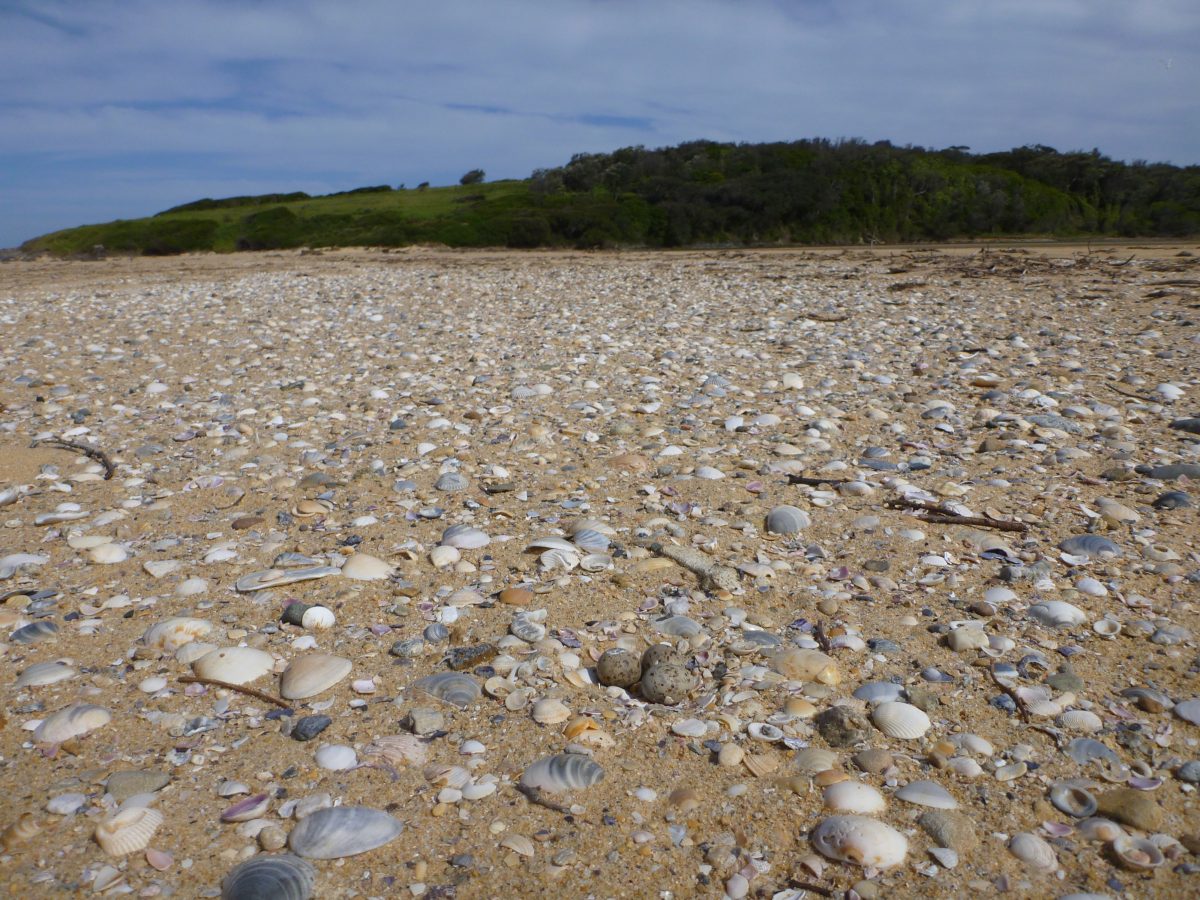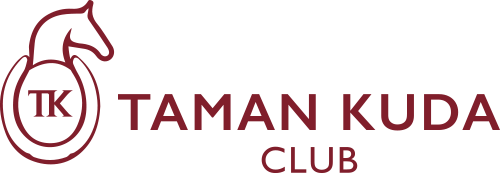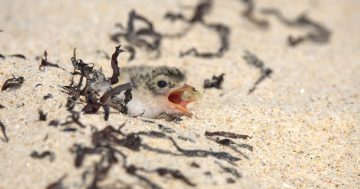
For 25 years, South Coast shorebirds have been kept safe under the watchful eye of volunteers. Photo: Peter Collins.
In the spring sun, Peter Collins walks along the South Coast’s long stretches of beach.
Unlike other beachgoers, he doesn’t cool off in the water or let a dog burn off some energy. He keeps a keen eye on some tiny visitors.
The walks are part of the South Coast Shorebird Recovery Program, a NSW National Parks and Wildlife Service program.
“I felt, since a young age, a desire to be involved in conservation, to do something to turn around the bad news and turn it into better news for these endangered species,” the Merimbula local said.
Endangered or critically endangered pied oystercatchers, little terns and hooded plovers breed on South Coast beaches from August each year, yet their nests are constantly at risk.

Look closely … can you see the eggs? Photo: Peter Collins.
Each year, nearly 150 volunteers watch out for feathered soon-to-be parents and their chicks.
They set up fences, signs and exclusion zones to help keep the birds safe from threats during a breeding season that starts in early spring and continues into summer.
Peter said a large part of the volunteers’ efforts was making sure people knew the shorebirds were on the beach alongside them.
“What we do is minimise what we call disturbance – that’s the big threat,” he said.
“It comes from people, it comes from dogs … There’s other things that are just naturally occurring.
“The birds have natural predators like ravens, silver gulls and goannas. We try to minimise the disturbances where we have some control over, where we can.”
The program covers coastline from Wollongong, in the Illawarra, down to the Victorian border.
Peter spends a lot of his time watching the little tern colony at Mogareeta (just north of Tathra), at the mouth of the Bega River.
“There’s been a couple of seasons where we’ve had tremendous success in helping the birds to fledge a great many chicks,” he said.
“I remember in 2012, we got 68 fledglings, which was a terrific result.”
Earlier this year, more than 900 little tern nests were counted across NSW, the second-highest number in 24 years.
Counts of active nests also suggested there were at least 485 breeding pairs across 24 sites, marking a jump from the previous season’s tally of about 430 pairs.
Peter said colonies in the Shoalhaven region were also faring well.
While there have been good signs over the past 19 years, he said there are still battles to come, against threats such as a rising sea level.
“One of the things I’ve learned from volunteering this long is how important it is to put in what I call longevity of effort with a conservation project.
“We’ve seen the results, but it took some years … we’ll consolidate all the gains we’ve had and go further.”
It means Peter will keep heading out, binoculars in hand, to keep watching the shorebirds during their upcoming breeding season.
To report sightings of shorebird nests, contact your local national parks office or call the National Parks Contact Centre on 1300 072 757 (13000 PARKS).
More information on the South Coast Shirebird Recovery Program can be found online.








